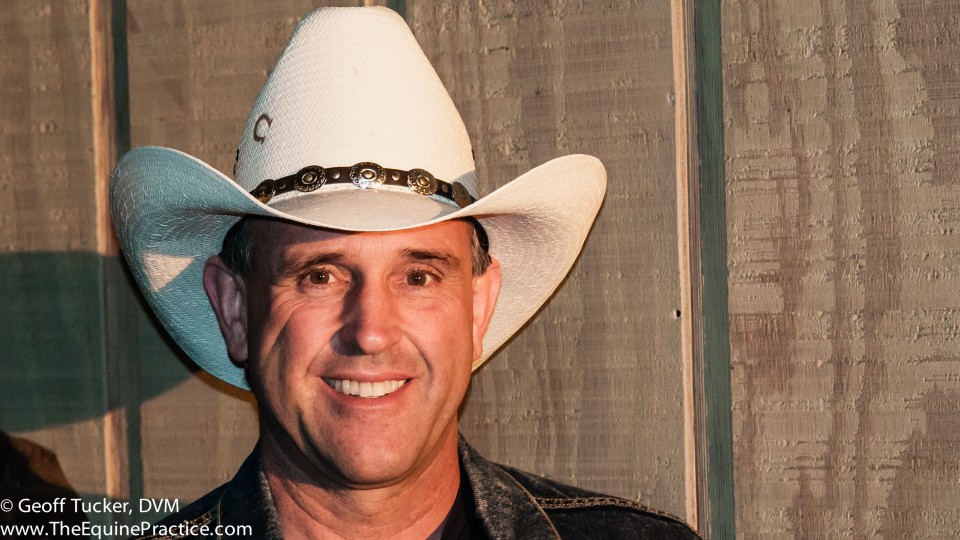
An Iconoclast In The Horse World
It is the start of 2021 and the world is in a disruptive way. Our lives are nothing like they were a year ago. So why not join in?
I am a self described iconoclast (a person who attacks cherished beliefs or institutions) in the horse world. I intend to drill a small hole into all your beliefs about horses, place in that hole a large stick of dynamite and then blow up your preconceived ideas. Disruption at its best! All for one reason – to help our horses thrive in a human world.
For a while now I have seen the demise of our horses across America in very small ways. It started with hearing from so many horse owners that their horses were lame from a suspensory ligament strain. From the perspective of a vet visiting so many barns in a very large area, the total amount of horses developing this lameness was exponential in growth. I started to ask myself why this could occur. In vet school from 1980 to 1984 there was little mention of suspensory ligament disease. Was this really increasing or was the discovery of so many cases correlated to improved technology (ultrasound imaging)?
My practice focuses on the teeth and oral cavity of horses. I started to see an increase in cheek tooth fractures and the development of a disease I called “ugly teeth of old horses.” This became known as EOTRH (Equine Odontoclastic Tooth Resorption and Hypercementosis). Reflecting back to the text books in my veterinary education, neither of these were mentioned and they certainly don’t need advanced technology to see.
Other diseases and lamenesses in horses grew exponentially from absolutely no mention in my texts in 1980 to the inevitable acceptance of horse owners that their horses would soon succumb to them. I will list them here:
- DSLD (Degenerative Suspensory Ligament Disease) or the collapse of the fetlocks of horses resulting in pain and death for many.
- Suspensory ligament injury other than DSLD.
- White line disease in the hooves.
- Laminitis becoming more prevalent in horses rather being mostly in ponies.
- Insulin resistance, metabolic syndrome and obesity everywhere.
- Cushing’s disease seems to be in every other horse.
- Kissing spine and arthritis of the vertebral facets.
- An increase in anhidrosis (non-sweating) in horses.
- Cheek tooth fractures and EOTRH of the incisors and canine teeth.
The Disservice To Horse Owners
All horse owners I come in contact with are confused, frustrated and dumfounded in understanding how to care for their horses with any of these issues. What they want are answers; however, all they get are products claiming a cure or feed tailored to their condition or veterinary care aimed at fixing rather than preventing. The result is the increased cost of horse ownership, the demise of their horses, the loss of use and eventually their premature death.
I have been there. With my veterinary degree I still have spent on my own horse tens of thousands of dollars on care for COPD (Chronic Obstructive Pulmonary Disease or “Heaves”) followed by 18 months of laminitis and the eventual loss of our loved horse. There was also another Thoroughbred we raised from birth who never could keep weight on that developed severe laminitis and had to be euthanized. It was my worst euthanasia ever.
So I have been where you are. I am angry. I want answers that tell me exactly why these heretofor unusual and infrequent illnesses and lamenesses are now in half of every horse I see. I want to know how to prevent them from ever occurring.
You will never hear from me that the reason for something occurring is due to genetics. That answer is a garbage pail and an easy out. The truth is that you and your horses have ALL the genetics to create any disease we want. It is the conditions you or our horses live in that allow for the expression of the genetic code for a disease. That is called epigenetics. My goal is to look for the conditions causing the expression of the “bad” genes. In turn many of these diseases can be prevented. Here is an example from a discussion on kissing spines in horses.
The average age of detecting the condition of kissing spine in horses is 6 ½ years of age. This disease was unheard of until about 30 years ago. The reason for this, according to the veterinarian presenting this information, is due to genetics. Really? Could there be another reason? I believe there is.
I decided to become an iconoclast disrupting the thoughts of diagnosticians and surgeons with alternatives. Who is correct? I don’t know but I know one thing is certain. What we all are doing right now isn’t working. The veterinarians, the various horse professionals, the suppliers of food and supplements, the trainers, the marketing gurus and all the others seem to be swatting at flies – and more flies seem to arrive by the minute. One human researcher calls this “Whack-A-Mole” medicine (look up that game we used to play as kids).
2021 will be disruptive and I will be a part of it. Through blogs, podcasts and a private server where no one can censor interesting discussions and debates, I will offer a safe place for horse owners to hunt for, debate and find solutions that prevent the future loss of horses. I don’t have all the answers but I’m willing to find them without pressure. Stay tuned for the start of something special for horse owners. An honest and thoughtful space where we all can Help Horses Thrive In A Human World™.


Responses